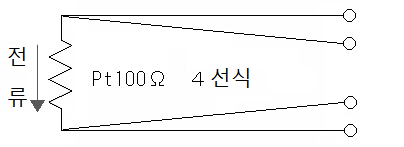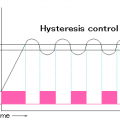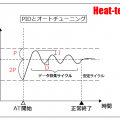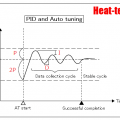
측온 저항체는 금속의 전기 저항이 온도에 비례하여 변화하는 것을 이용한 온도 센서입니다.
금속은 1K 온도가 상승하면 약 0.3 % 정도 저항이 증가합니다.
원리 적으로는 어떤 금속도 좋지만, 온도에 대한 저항 변화가 일정 변화율이 크기 때문에 일반적으로 백금 (Pt)이 사용됩니다.
백금 저항체 온도계는 1885 년 달력 팬 듀 센 (Calende-Van Duesen)가 발명했습니다.
측정 방법은 금속 저항에 일정한 전류 (일반적으로 1mA)를 흘리고 측정기로 전압을 측정하고 옴의 법칙 E = IR에서 저항 값으로 환산 온도를 이끌어냅니다.
이것을 식 쓸 때, 금속의 저항률 ρ는 온도 t (℃)를 사용합니다.
ρ=ρ0(1+αt)
ρ0는 0 ℃에서의 저항에서 α는 저항 온도계입니다. 금속의 길이 l과 단면적 A가 온도에 따라 변화하는 정도는 매우 작기 때문에, 위의 식의 양변에 l / A를 걸면 다음의 식입니다.
R=R0(1+αρ)
이 식을 사용하여 백금 (Pt)의 저항 값을 측정하여 온도를 구하는 것이 백금 저항체로 내일. 백금 저항체는 직경이 수십 μm의 백금을 유리 또는 세라믹 등으로 감아 보호 튜브에 넣은 구조입니다.
백금 측온 저항체의 온도 측정 범위는 -200 ~ 500 ℃ 정도입니다.
2 선식
측온 저항체 소자의 양단에 각각 1 개의 도선을 연결 한 형태이지만 도선 저항의 영향을 받기 때문에, 고정밀 측정을 필요로하는 경우에는 적합하지 않습니다 (A 급 및 시스 저항체 규격 IEC60751-2008에는 적용하지 않음).
3 선식
측온 저항체 소자의 일단에 2 개, 다른 한쪽에 1 개의 도선을 연결 한 형태로 도체 저항의 영향을 제외한 산업에서 가장 많이 이용되고, 또한 신뢰성있는 측정 방법입니다.
4 선식
측온 저항체 소자의 양단에 각각 2 개의 도선을 연결 한 형태로 도체 저항의 영향을 제외하고, 특히 정밀 측정을 필요로하는 경우에 적합합니다.
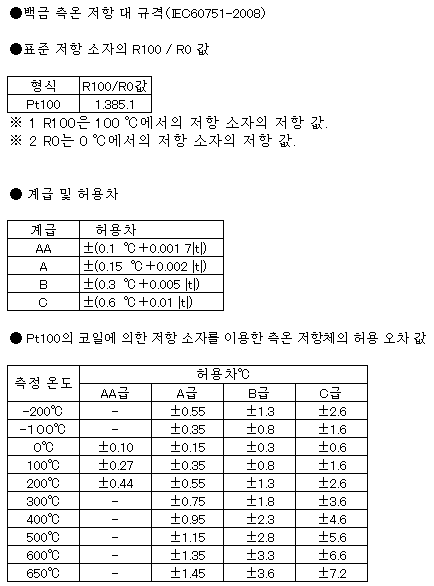
 HEAT-TECH 최선의 기술 온라인(on-line) 샵
HEAT-TECH 최선의 기술 온라인(on-line) 샵 


